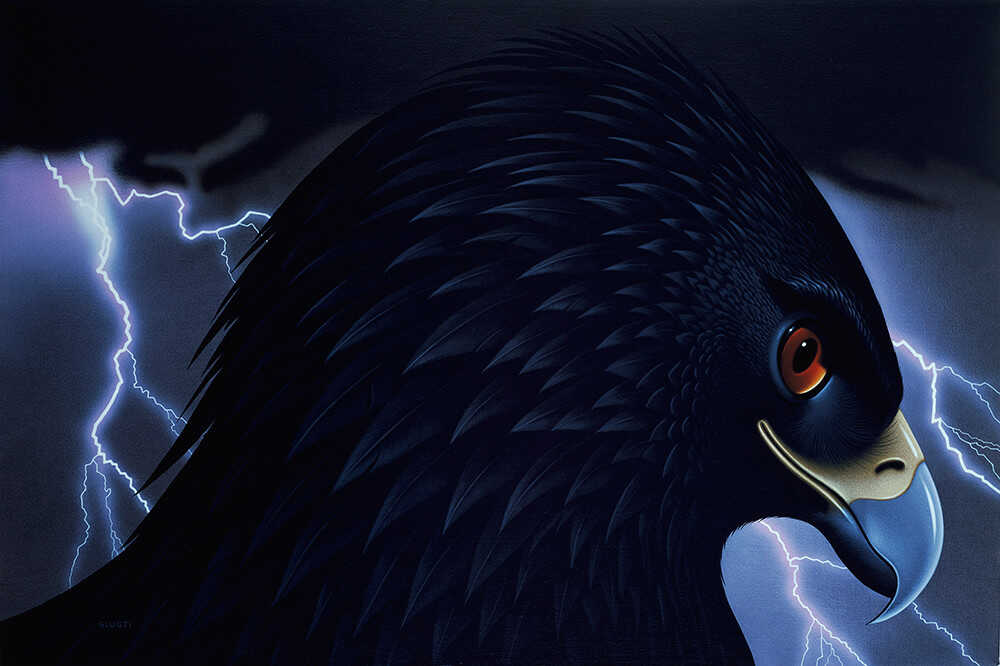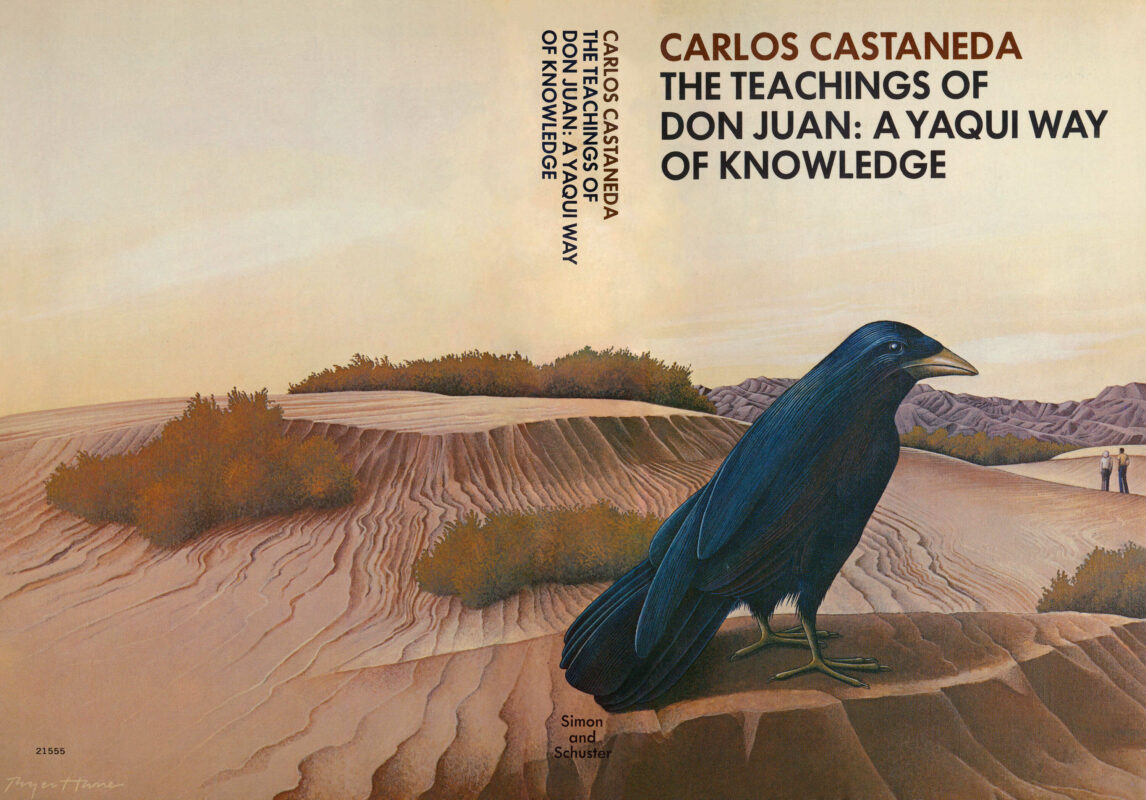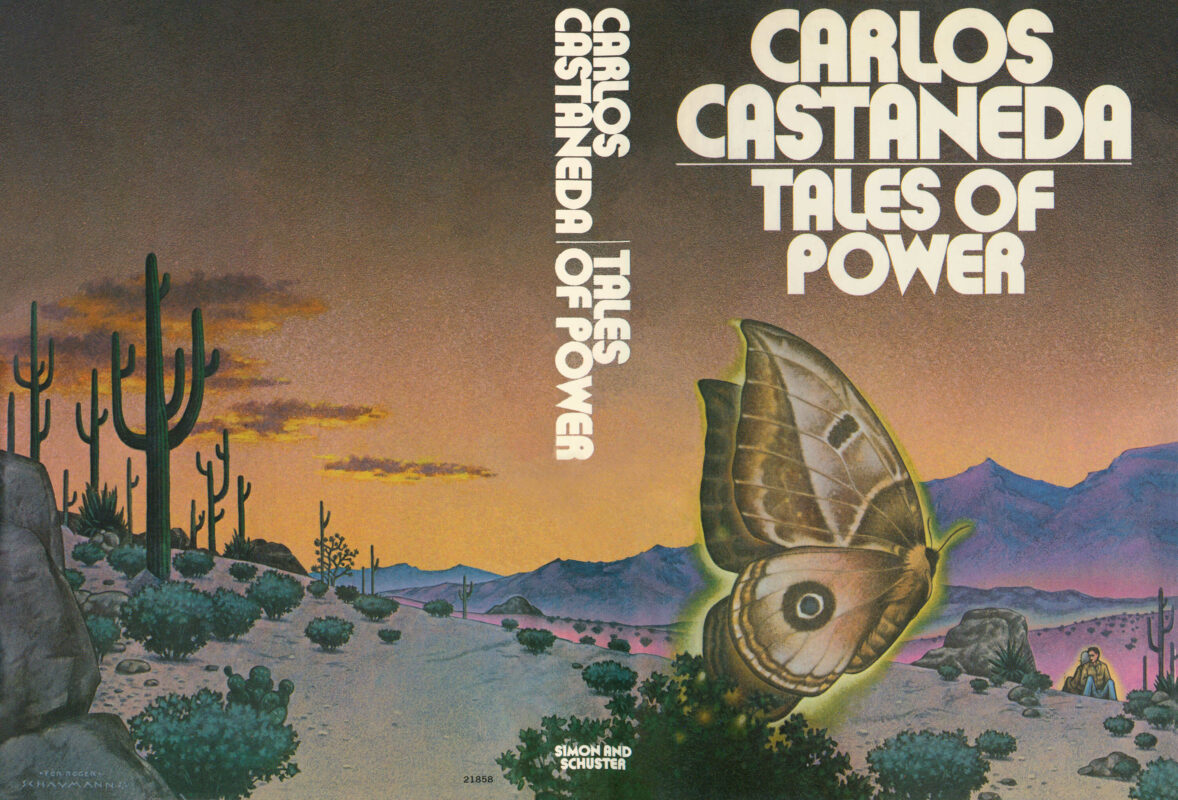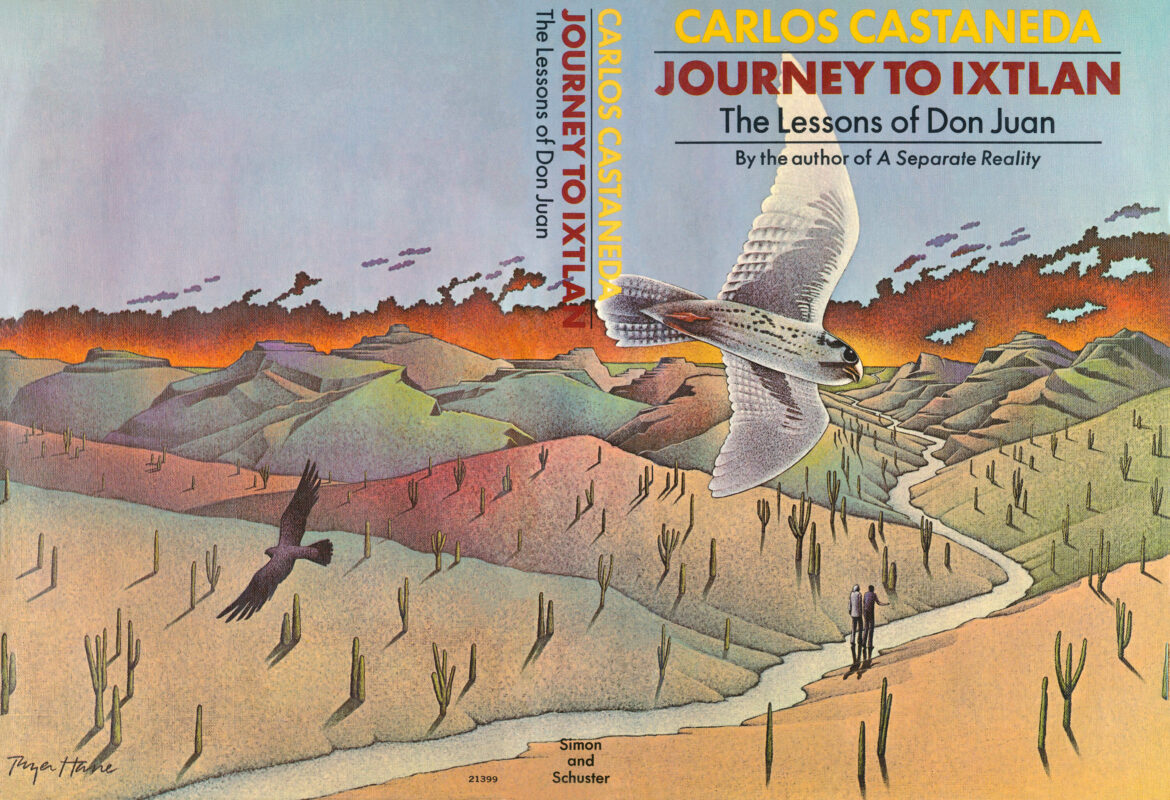In this chapter, Don Juan introduces the concepts of “tonal” and “nagual” as the two fundamental aspects of every human being, dispelling my anthropological preconceptions. He explains that the tonal is the “social person,” the organizer of the world, encompassing everything we know, perceive, and can talk about, forming an “island” of our known reality. Conversely, the nagual is the indescribable, unknown part of ourselves, existing “beyond the island,” the source of power and creativity that cannot be grasped by reason but only experienced. Don Juan uses various analogies, like items on a table, to illustrate these abstract concepts, emphasizing that the tonal, though crucial for navigating the world, often becomes a “guard” rather than a “guardian,” suppressing the awareness of the nagual. He stresses that true knowledge lies in recognizing and balancing these two aspects, a challenge for any warrior.





